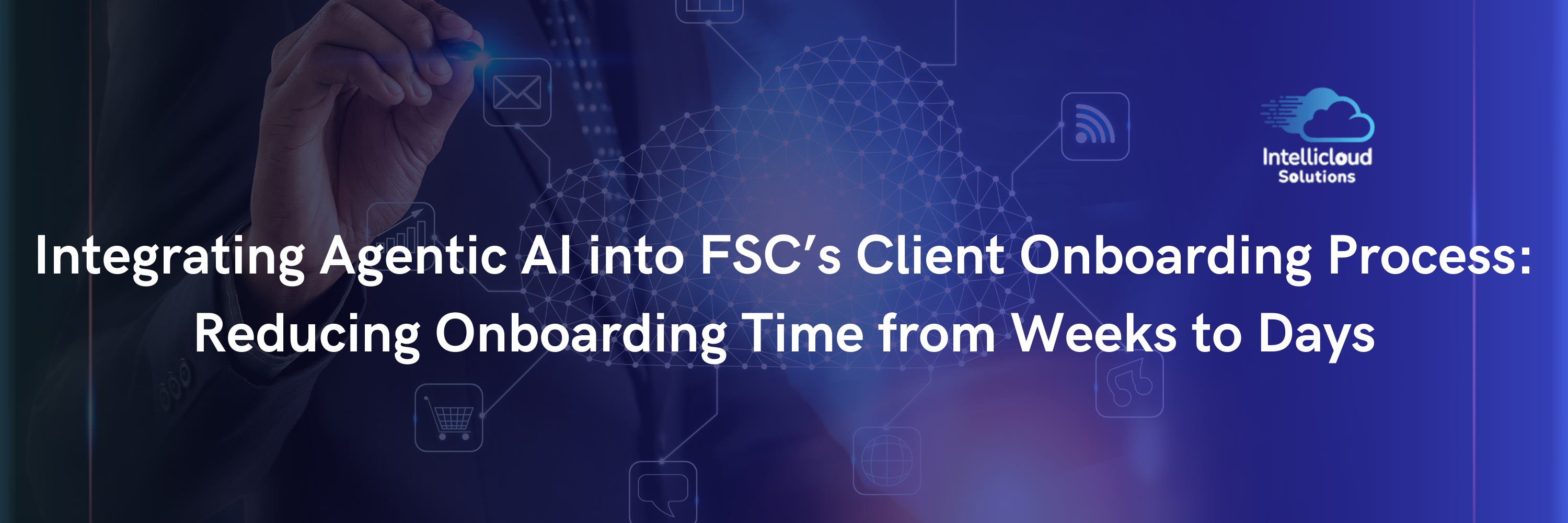In today's rapidly evolving tech landscape, enterprises are increasingly adopting microservices architecture to build robust, scalable, and secure web applications. Microservices enable organisations to break down complex applications into manageable, independently deployable services, each handling a specific business function. This approach enhances agility, scalability, and security, making it a preferred choice for modern enterprise applications.
This blog will guide you through the essential aspects of building a secure and scalable microservices architecture, from the initial setup to best practices and common pitfalls to avoid.
How to Build a Secure and Scalable Microservices Architecture
Introduction to Microservices Architecture:
Microservices architecture is a design approach where an application is composed of small, autonomous services that work together. Unlike monolithic architectures, where all components are tightly coupled, microservices are loosely coupled, allowing for independent development, deployment, and scaling of each service. This architecture is particularly
Step-by-Step Guide:
1.Define Services:Start by identifying the key business functions your application needs, such as user management, billing, and reporting. Each of these functions should be a separate microservice.
2.Choose the Right Technologies:Select technologies that align with your team's expertise and the application's requirements. For example, use Spring Boot for developing Java-based microservices and Docker for containerization.
3.Set Up Service Communication:Implement API gateways and service mesh to manage and secure the communication between microservices. This helps in routing, load balancing, and security management.
4.Ensure Scalability:Utilise Kubernetes for orchestrating containers and managing the scaling of microservices automatically based on demand.
5.Implement Security:Incorporate security mechanisms such as OAuth2 for authentication, JWT for authorization, and HTTPS for secure communication.
Step-by-Step Guide to Securing Microservices
Understanding Microservices Security:
Microservices introduce unique security challenges due to their distributed nature. Each service needs to be secured independently, and communication between services must be protected to prevent unauthorised access and data breaches.
Step-by-Step Security Implementation:
1.Secure Service-to-Service Communication:Implement mutual TLS to encrypt communication between microservices. This ensures that data transmitted between services is secure and tamper-proof.
2.Authentication and Authorization:Use OAuth2 and JWT tokens to secure your microservices. OAuth2 provides a robust framework for managing authentication, while JWT tokens allow for stateless and scalable authorization.
3.Implement API Gateway:An API gateway acts as a single entry point for all client requests, centralising security policies and managing traffic securely.
4.Logging and Monitoring:Set up centralised logging and monitoring to detect and respond to security incidents promptly. Tools like ELK Stack (Elasticsearch, Logstash, Kibana) and Prometheus can be used for this purpose.
5.Regular Security Audits:Conduct regular security audits to identify vulnerabilities and ensure that your microservices adhere to security best practices.
5 Ways to Improve Scalability in Microservices Architecture
Introduction to Scalability in Microservices:
One of the key advantages of microservices architecture is the ability to scale services independently. This flexibility allows enterprises to efficiently manage resources and handle varying workloads without affecting the entire system.
5 Key Strategies:
1.Containerization:Use Docker to containerize your microservices, ensuring consistent performance across different environments and making it easier to deploy and manage services.
2.Auto-Scaling:Implement auto-scaling with Kubernetes, allowing your services to automatically scale up or down based on traffic and resource usage, ensuring optimal performance.
3.Load Balancing:Distribute incoming traffic evenly across your microservices using load balancers like HAProxy or AWS Elastic Load Balancer. This helps prevent any single service from becoming a bottleneck.
4.Database Sharding:Partition your database into smaller, more manageable pieces to handle large volumes of data and improve performance.
5.Asynchronous Communication:Use message brokers like Kafka or RabbitMQ to handle high-throughput tasks and decouple services, improving overall system resilience and scalability.
5 Common Mistakes to Avoid When Designing Microservices for Enterprises
Introduction:
Transitioning to microservices architecture requires careful planning and execution. Without proper consideration, enterprises can fall into common traps that undermine the benefits of microservices.
Common Mistakes:
1.Overcomplicating the Architecture:Avoid the temptation to create too many microservices right from the start. Begin with a few core services and expand as needed to maintain simplicity and manageability.
2.Ignoring Data Management:Ensure that you have a strategy for maintaining data consistency across microservices. Techniques like event sourcing and distributed transactions can help manage this complexity.
3.Poor Service Boundaries:Clearly define the responsibilities of each microservice to avoid overlap and ensure that services remain cohesive and focused on a single business function.
4.Neglecting Security:Never underestimate the importance of securing inter-service communications. Implement robust security practices from the outset to protect your services from potential threats.
5.Lack of Monitoring:Without proper monitoring, it’s difficult to track the health and performance of your microservices. Implement comprehensive monitoring solutions to gain visibility into your system.
7 Best Practices for Implementing Microservices in Enterprise Applications
Introduction:
Adopting microservices architecture requires a shift in mindset and approach. Following best practices is crucial to ensure that your microservices architecture is reliable, scalable, and secure.
Best Practices:
1.Design for Failure:Assume that failures will happen and design your microservices to handle them gracefully. Implementing circuit breakers and fallback mechanisms can help maintain system resilience.
2.Keep Services Independent: Ensure that each microservice is loosely coupled and can function independently. This independence is key to achieving the scalability and flexibility that microservices offer.
3.Version APIs:Implement API versioning to manage changes without breaking existing services. This allows for continuous development and deployment without disrupting the system.
4.Use Centralised Configuration: Manage configurations centrally using tools like Spring Cloud Config, which allows you to update configurations without redeploying services.
5.Implement Continuous Deployment: Automate your deployment process using CI/CD pipelines to enable frequent, reliable updates and reduce the risk of human error.
6.Focus on Security:Incorporate security practices from the beginning, including encryption, authentication, and authorization. Regularly review and update security measures to address new threats.
7.Monitor and Log Everything:Implement comprehensive monitoring and logging to gain insights into the health and performance of your microservices. This visibility is essential for identifying and resolving issues quickly.
Conclusion
Building a secure and scalable microservices architecture for enterprise web applications requires careful planning, the right tools, and a commitment to best practices. By following the guidelines outlined in this blog, you can create an architecture that not only meets your current needs but is also flexible enough to grow and evolve with your business. Start small, iterate, and continuously monitor and optimise your microservices to ensure long-term success.
Intellicloud Solutions Expertise
Intellicloud Solutions is a leading software consulting firm specializing in the design and development of scalable microservices tailored to meet your unique business needs. We harness the latest technologies and best practices to build robust microservices architectures that enhance your system’s flexibility and scalability.
Our team of seasoned professionals brings deep expertise in creating microservices that support your business’s growth and adaptation. Whether you’re looking to modernize existing systems or build new, efficient solutions, we have the experience to help you succeed.
Explore our profile to learn more about our past projects and capabilities. Connect with us to discover how we can help elevate your business with innovative and scalable microservices solutions.
To learn more about our previous projects and capabilities, we invite you to explore our profile and connect with us. Let us assist you elevate your business with innovative software solutions.










































































